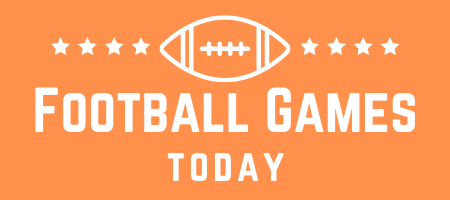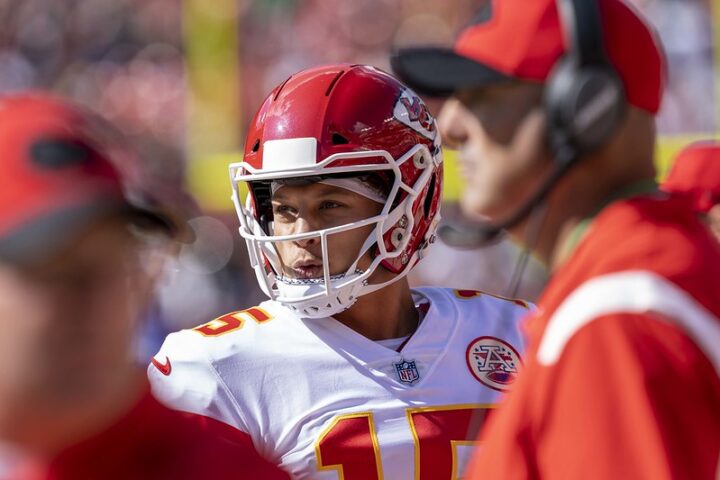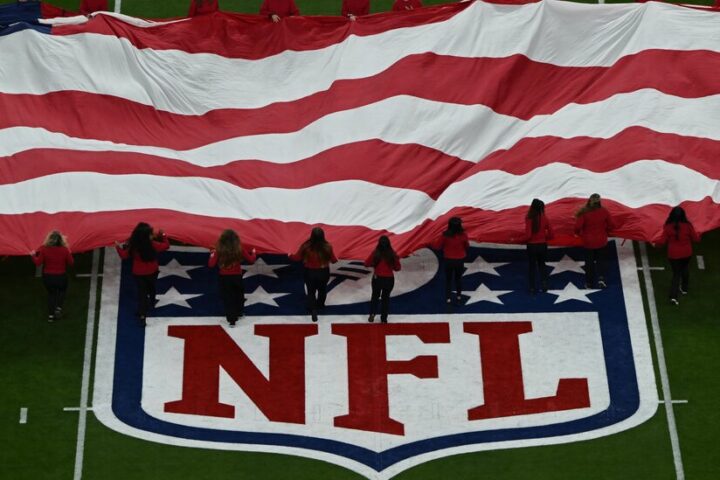The fantasy football IR spot has been a point of contention in many fantasy leagues since its inception a few years ago. Then, in 2020, the complications wrought by COVID only intensified disputes about how commissioners and leagues should handle IR spots. For those relatively new to fantasy football, here is everything you need to know about the IR spot in leagues.
Did you get a trade offer in your dynasty or redraft league? Not sure what to do? Make championship-winning decisions with PFN’s FREE Fantasy Football Trade Analyzer and Calculator!
What Does the IR Spot Mean in Fantasy Football?
For those that have played fantasy baseball for a long time, you know how the IL spot (formerly the DL spot) works. If an MLB team places a player on the injured list, you can put him on the IL in your fantasy league. This has existed in fantasy baseball since before I even started playing way back in 2003.
In fantasy football, the IR spot is still relatively new. And while functionally, it may be similar, the nature of football and how the NFL handles injuries differently from MLB can cause quite the contentious argument in a fantasy league.
The NFL Treats Injured Players Differently Than the MLB
While injuries are a major part of any sport, there are far more in football, given the nature of the game. As a result, the NFL has rules in place assuming teams will have several injured players each week.
In baseball, there is no daily or weekly injury report required. In football, teams have to submit daily practice reports and then a final injury report two days before their game. On game day, inactives are set an hour and a half prior to kickoff.
The MLB injured list enables teams to replace players on the active roster. In the NFL, if a player is out, the team isn’t suddenly short one player — they just activate someone else to the game-day roster.
Where Does Injured Reserve Come In?
Historically, the injured reserve was, well, “reserved” for players that were out for the season. This changed in 2012, when the NFL modified their injured reserve rules to allow teams to designate one player who would be eligible to return after eight games. In 2017, they bumped that number up to two. Then again to three in 2020.
Ahead of the 2022 season, the NFL and NFLPA once again revised the rules for injured reserve. Players on IR are required to miss a minimum of four games, but now the number of players that can potentially return is up to eight.
Essentially, the NFL has gradually moved heavily toward the side of not penalizing teams for injuries. After all, they’re already short the player that got hurt. Do they really need to get hit harder beyond that?
How Does the IR Spot Work in Fantasy Football?
The biggest problem I’ve encountered in fantasy football when it comes to IR spots is the reluctance of commissioners to want the IR spot to be utilized for anything other than players on injured reserve.
All too often, there is a sense of “Well, that’s how the NFL does it” when it comes to fantasy football rules. Our game may be designed based off of the real thing, but fantasy football is not real football. We can and should do things differently when it creates a fairer and more enjoyable experience for managers.
Fortunately, fantasy platforms understand this. The problem is not in how the IR spot operates on fantasy sites but rather in how commissioners and league members think it should operate.

On any fantasy football platform, if a player is on the NFL’s injured reserve, he can go in your IR spot. That’s the easy part. No one takes issue with this 1-to-1 comparison. The contention arises from when a player is merely out for the upcoming week but not on IR.
In Yahoo and ESPN leagues, commissioners have no discretion on the matter. If a player is listed as out, each platform will allow fantasy managers to place him in their IR spot.
On Sleeper, commissioners have a wide array of options regarding how to utilize the IR spot. In addition to the above, commissioners can choose whether to allow suspended players, N/A players, holdouts, those in COVID protocols, and doubtful players on IR.
Since ESPN and Yahoo allow players listed as out to be placed on IR, managers have the freedom to do so once a player is officially ruled out. However, some commissioners opt to impose the additional restriction of adhering strictly to the phrase “injured reserve.” I find this to be an antiquated way of thinking and too beholden to the term rather than the spirit of what an IR spot is designed to do.
In leagues with this limitation, there’s no way to police it automatically. Commissioners have to manually check each team to ensure compliance.
For what it’s worth, I’m firmly on the side of allowing all players listed as “out” to be eligible for the IR spot. I even support doubtful players being IR eligible, as literally 99% of players listed as doubtful do not play.
What Does It Mean When a Player Is in Your Fantasy Team’s IR Spot?
I think it’s fair to say the most frustrating aspect of fantasy football is injuries (well, that, and losing with the second-highest point total). We know injuries are unavoidable. You will be hard-pressed to find a single manager in any league that hasn’t dealt with injuries at some point in the season. It’s something we all have to navigate through.
If you play this game long enough, there will be a season every so often where your teams are completely derailed due to injuries. It happens.
The purpose of the IR spot is to soften the blow. There’s nothing we can do to prevent players from getting hurt, but we can make it a little bit easier to fill that spot in your lineup when it happens.
When your team loses a starter, you have to replace them by picking up another player. If you can put your injured player in an IR spot, that player no longer counts toward your total number of rostered players. It frees up a roster spot to add a replacement without having to drop another player.
I find IR spots to be extremely beneficial. Obviously, you’d rather have the guy who got hurt. Your replacement is unlikely to be anywhere near as good. So, you’re already suffering from the diminished production. It is doubly impactful when you have to sacrifice another healthy player on your team (or drop the injured player) just so you can field a full lineup.
It’s bad enough losing a starter on your fantasy team. Without the benefit of an IR spot, fantasy managers not only lose the injured player, but they frequently lose another bench player because they need to drop him to replace the injured one. It’s a true double whammy and one that we can and should easily prevent.
If your commissioner has liberal IR rules, at least you’ll only lose the injured player when he gets hurt.
Should Your Fantasy Football League Utilize IR Spots?
To this, I unequivocally say YES! At its core, fantasy football is a game we play because it’s fun. We enjoy it.
Do you know what’s not fun? Losing players to injuries. Do you know what’s even less fun? Being forced to drop useful players because someone else on your team got hurt. There’s nothing fun about injuries and even less fun having to drop other, healthy players to replace them.
Fantasy football platforms have equipped commissioners with the ability to help mitigate the damages injuries cause fantasy teams. The goal should always be to maximize fun and fairness. IR spots help, even if just a little bit. If your league isn’t utilizing IR spots, you should propose their addition immediately.




